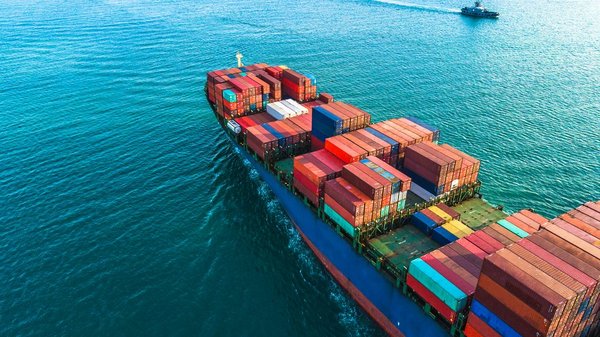- Share this article
- Subscribe to our newsletter
Global food import bill expected to reach all-time high
Global food trade has accelerated and is poised to hit an all-time record in both volume and value terms, the Food and Agriculture Organization of the United Nations (FAO) states.
Rapidly rising prices of food commodities and energy pose significant challenges for poorer countries and consumers, who spend large shares of their incomes on these basic necessities, says FAO in its new Food Outlook, published in November 2021.
FAO expects the global food import bill to reach an all-time high in 2021, 14 per cent increase from the previous year and 12 per cent higher than earlier forecast in June 2021.
Developing regions account for 40 per cent of the total, and their aggregate food import bill is expected to rise by 20 per cent compared to 2020. Even faster growth is expected for Low-Income Food Deficit Countries, due to higher costs and higher food import volumes.
Developing regions are facing sharp increases in the prices of basic staples such as cereals, animal fats, vegetable oils and oilseeds, while high-value foods, such as fruits and vegetables, fishery products and beverages are driving the bulk of the increases for developed regions.
Higher input costs translate into higher food prices
FAO experts constructed a Global Input Price Index (GIPI) to help examine the impacts of rapidly rising input prices, especially those of energy derived from fossil fuels, on food prices, future price developments and their likely consequences for global food security.
The exercise reveals that the GIPI – comprising energy, fertilizers, pesticides, feed and seed prices – and the FAO Food Price Index (FFPI) – which tracks the internationally traded prices of major agricultural food commodities and reached a 10-year high in August 2021 – have moved in a synchronous manner since 2005, indicating that higher input costs readily translate into higher food prices.
In the year to August 2021, the FFPI rose by 34 per cent and the GIPI increased overall by 25 per cent, compared to the same period in 2020.
Large regional and sector-specific differences within agriculture
It was noted that aggregate global measures mask large regional and sector-specific differences within agriculture. Soybean producers, for example, face lower needs of currently expensive nitrogen fertilizer, so they should benefit from higher product prices. Pig producers, by contrast, face high feed costs and low meat prices, crimping margins.
The analysis offers insight into potential strains. Sub-Saharan Africa, for example, depends on imports of nitrogen fertilizer – the price of which is driven by fossil fuel prices - for around 70 per cent of supply.
It also points to a growing number of countries – now 53 - where households spend more than 60 per cent of their income on necessities such as food, fuel, water and housing.
(FAO/ile)
Read more at FAO website





Add a comment
Be the First to Comment